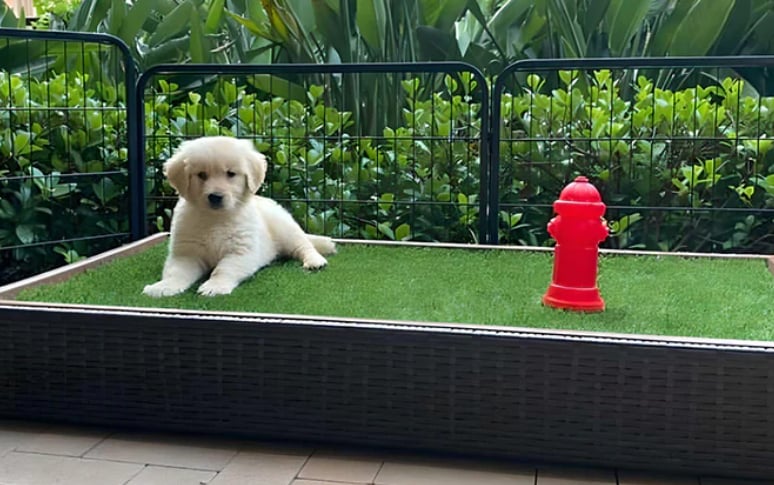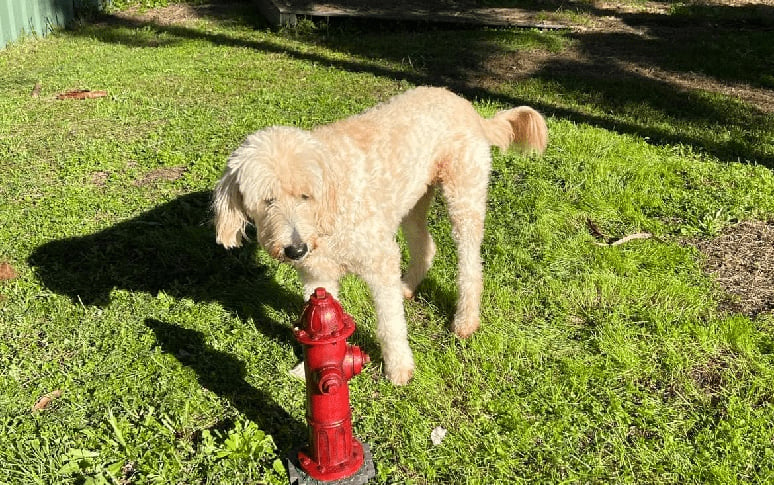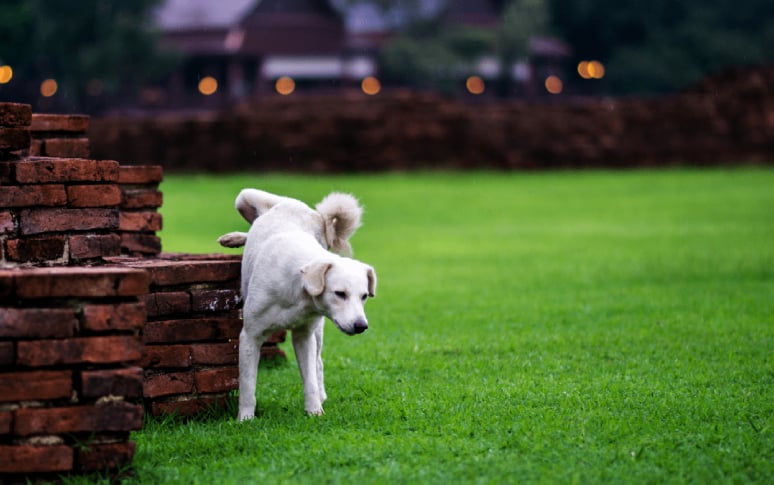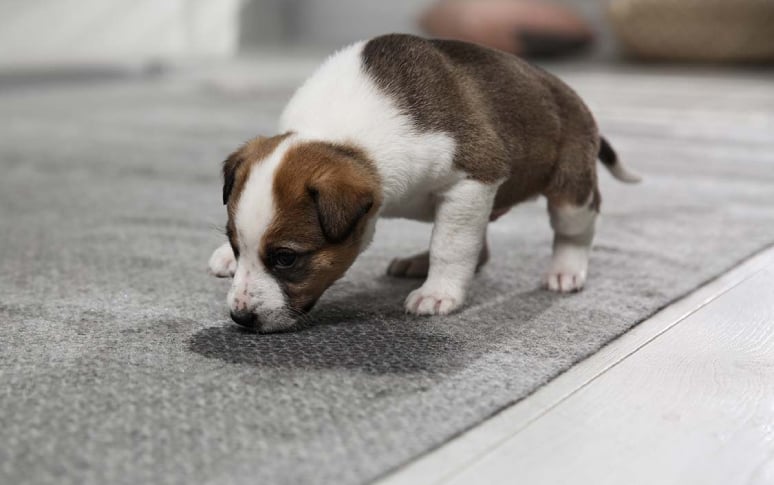-
Dogs & Puppies
-
Cats & Kittens
-
Shelters & Rescues
-
Guides & Resources

Before diving into the training process, it's important to understand the value of the "go to your spot" command. This command can provide your dog with a sense of structure and predictability, which can help reduce anxiety and improve overall behavior. It can also be a helpful tool in managing your dog's behavior in specific situations, such as when you're cooking or when guests are visiting.


Step 1: Decorate The Spot
Once you've pinpointed a spot in your yard where you'd like your dog to eliminate, begin by depositing a small amount of your dog's feces there. Be careful not to overdo it, as an overly soiled area might stop your dog from using it. To further encourage your dog, consider watering the rest of your yard to help remove traces of previous bathroom breaks. It's equally crucial to keep the rest of the yard clean by promptly removing any feces.
Step 2: Introduce The Spot
Start by introducing your dog to the designated spot. Lead them to the spot using a leash and let them explore it. You can encourage them to sit or lie down on the spot and reward them with a treat when they do so. This helps create a positive association with the spot.
Step 3: Associate A Command With The Spot
Once your dog is comfortable with the spot, it's time to introduce a command. You can use any phrase you like, such as "go to your spot", "go potty", or "place". Start by saying the command in a clear, firm voice as you lead your dog to the spot. When they reach the spot and sit or lie down, reward them with a treat and praise.
Step 4: Practice With Guidance
Repeat Step 3 several times, guiding your dog to the spot with the leash each time. This repetition helps your dog understand what you expect when you give the command. Remember to reward them each time they successfully go to their spot.
Step 5: Practice Without Guidance
Once your dog seems to understand the command with guidance, try practicing without the leash. Say the command and wait for your dog to go to the spot. If they go to the spot and sit or lie down, reward them with a treat and praise. If they seem confused or don't move, go back to practicing with the leash for a while longer.
Step 6: Increase Distance And Distractions
When your dog is constantly going to their spot on command without guidance, start practicing from different distances. Start close to the spot and gradually increase the distance as your dog becomes more comfortable. You can also start introducing mild distractions, like the sound of the TV or other people in the room. This helps your dog learn to respond to the command in different situations.
Step 7: Gradually Fade Out The Treats
As your dog becomes more reliable in going to their spot, start to gradually reduce the frequency of treats. You might start by only giving a treat every other time, then only once every three times, and so on. However, continue to give verbal praise each time your dog successfully goes to their spot.
Step 8: Reinforce The Training Over Time
Even after your dog has learned the command, it's important to continue practicing occasionally to reinforce the training. This can help ensure that your dog responds reliably to the command even after a period of not using it.

Certain conditions, such as cold weather, rain, illness, or distractions, might disrupt this routine. If that happens, go back to the training steps outlined earlier. Avoid punishing your dog. Instead, calmly relocate any feces to the designated area and rinse the grass to eliminate any lingering odors. If the missteps persist, you might need to reintroduce the leash and rewards until your dog consistently demonstrates the understanding of the desired behavior.
While it's handy to have a specific section of your yard assigned for your dog's bathroom needs, remember that a dirty and smelly area will be off-putting for your pet. If the area becomes too filthy, your dog may form a negative association and resist using it for urination or defecation. Therefore, it's crucial to regularly clean up any feces and wash away urine to maintain a pleasant environment for your dog.
It's also crucial to accustom your dog to various locations where they can relieve themselves. If your yard becomes the only place they're allowed to do so, they might hesitate to eliminate it when away from home. This could cause a significant issue if they're housed in a boarding facility or if you're traveling with them. To prevent this, take your dog on walks to different areas, using your chosen verbal cue and rewarding them when they eliminate them appropriately. And remember, always have a bag on hand to clean up after them.
The key to successful training is patience, consistency, and positive reinforcement. Remember to always make training a positive and enjoyable experience for your dog, and never force them to do something if they seem uncomfortable or stressed. With time and practice, your dog will be a master of the "go to your spot" command.
Remember, every dog learns at their own pace. If your dog is struggling with a particular step in the training process, don't get discouraged. Instead, take a step back, review the previous steps, and try again when your dog seems ready. Training should be a positive and enjoyable experience for both you and your dog, so be patient and keep things fun and relaxed. Good luck with your training!

Was this page helpful? Give us a thumbs up!